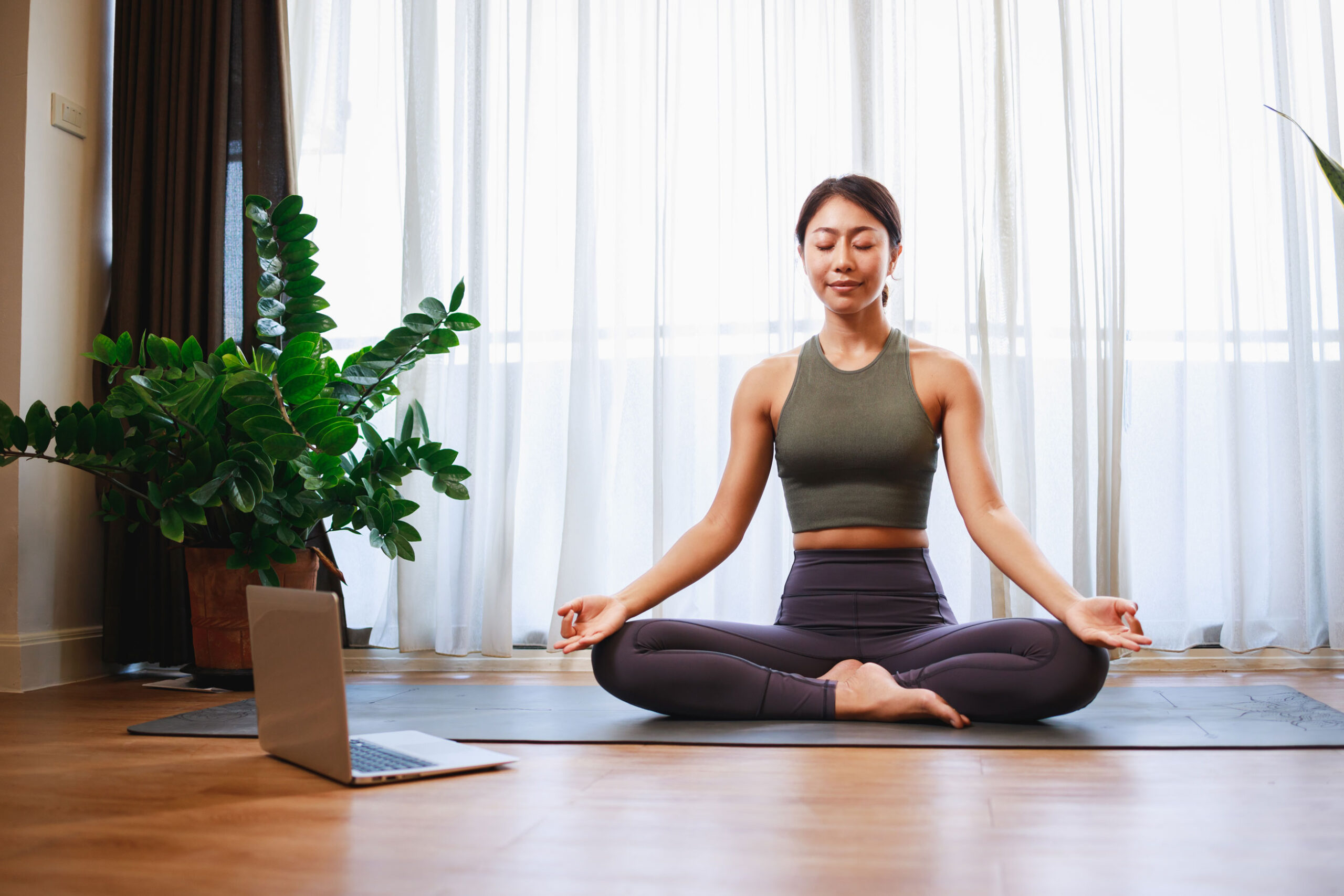At Posture & Wellness, our team uses a unique technique called Advanced Biostructural Correction (ABC). This technique brings the body back into its natural alignment, preventing the shoulders from slumping forward, making breathing easier, and enhancing circulation.
However, this method and our associated recommendations tend to go against what is commonly advised for improved health and posture. The problem we see with a lot of current health advice is that a lot of it revolves around pushing the body forward (which is exactly what we are correcting and trying to prevent!).
So, what should you watch out for? What might hinder your progress with us?
1. Doing Yoga
Yoga has become ever-popular in the health and fitness community. And some types of yoga have their place. Yet, many of the poses involved in yoga pull your posture forward due to excessive forward bending. This can actually support a forward head posture (also known as “text neck” or “forward head posture”) and other unnatural curvatures of the spine, leading to undesirable effects and even pain.
Furthermore, if you’re doing rigorous yoga and chiropractic care with us, you might actually be undoing all that we are working toward during your chiropractic sessions. This is why we don’t recommend yoga to our clients. More specifically, we don’t recommend performing the forward bending poses, such as downward dog, or any overextension poses, such as the cobra. Some yoga variations can be highly beneficial, but we recommend steering clear of the ones that overextend or hyperflex your spine.
2. Deadlifting
Strength training improves lean muscle mass, which is beneficial for optimal metabolic health and for reducing joint pain. For strength training programs, many personal trainers will recommend the squat, bench press, and deadlift as the three big lifts to focus on.
Yet, the deadlift exercise can significantly impact your posture and spine position. It tends to pull the body forward, undoing the work of the ABC technique. On top of this, deadlifts may also put strain on the lower back and spine, regardless of good form. And the truth is you can build glute and back strength with other exercises that won’t potentially cause the same effects.
3. Getting a Massage
Like yoga, massages also have their place, as long as they aren’t focusing on the torso or spine of the body. Massage on this part of the body, again, pushes your spine forward. This is actually why you get that lightheaded feeling after a massage. This usually means that the massage therapist has pushed so hard that the bones have also been pushed forward, even enough to pull on your brain stem!
Again, to avoid undoing the work we’ve done during your chiropractic session, we recommend not getting a massage.
Not sure if chiropractic care is right for you? Book your FREE discovery call to discuss your options with your local Finsbury Park chiropractor. BOOK NOW.

